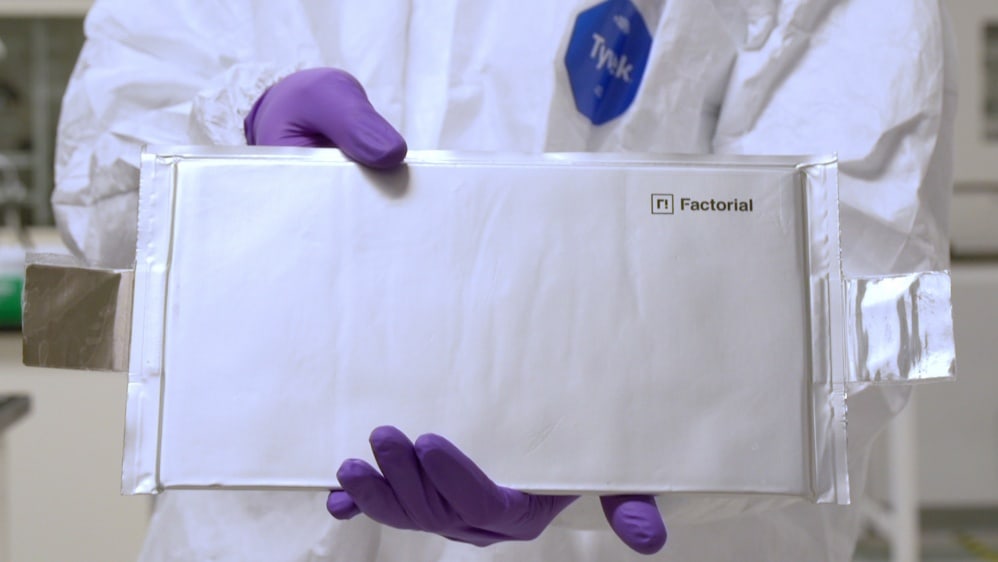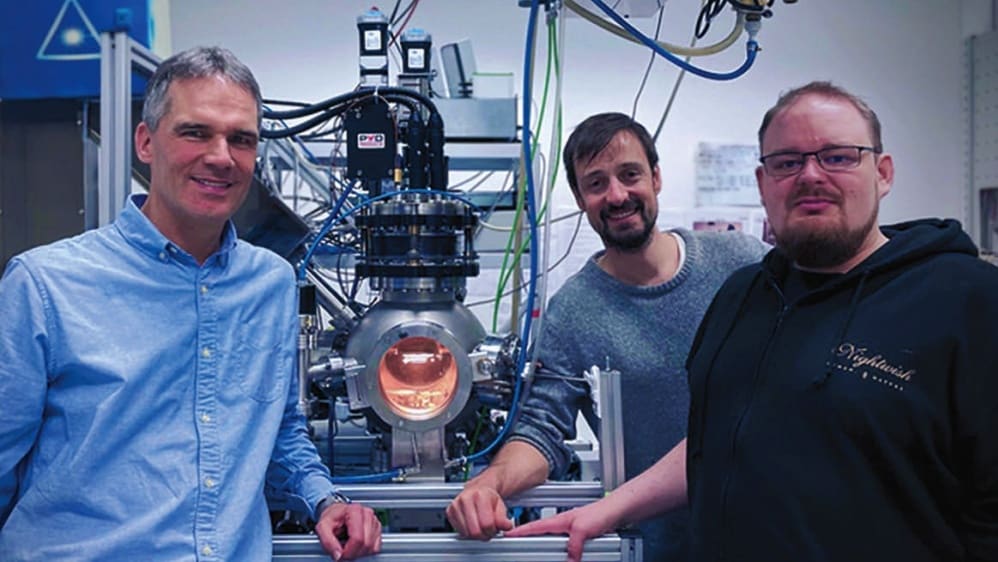
To improve battery performance and production, Penn State researchers and collaborators have developed a new fabrication approach that could make for more efficient batteries that maintain energy and power levels.
The improved method for fabricating battery electrodes may lead to high-performance batteries that would enable more energy-efficient EVs, as well as such benefits as enhancing power grid storage, according to Hongtao Sun, an Assistant Professor of industrial and manufacturing engineering at Penn State, and the co-corresponding author of the study, which was published in Carbon.
“With current batteries, we want them to enable us to drive a car for longer distances, and we want to charge the car in maybe five minutes, 10 minutes, comparable to the time it takes to fill up for gas,” Sun said. “In our work, we considered how we can achieve this by making the electrodes and battery cells more compact, with a higher percentage of active components and lower percentage of passive components.”
If an electric car maker wants to improve the driving distance of their vehicles, they add more battery cells, numbering in the thousands. The smaller and lighter, the better, according to Sun.
‘The solution for longer driving distances for an electric vehicle is just to add compact batteries, but with denser and thicker electrodes,” Sun said, explaining that such electrodes could better connect and power the battery’s components, making them more active. “Although this approach may slightly reduce battery performance per electrode weight, it significantly enhances the vehicle’s overall performance by reducing the battery package’s weight and the energy required to move the electric vehicle.”
More efficient electrodes – a kind of gateway for electricity in a battery – could help achieve a battery with a higher percentage of active components.
“If you think about the core components inside a battery, only the electrode contributes to the battery performance,” Sun said. “The other parts like packaging, separator, current collector and so on, they are all passive components that add weight and do not contribute to the battery performance at all. If we want to improve the battery performance, we need to work on the battery electrode materials and maximize their weight percentage in a battery cell.”
Prior attempts to improve battery performance via better electrodes focused on only one metric, which was not as effective because the battery then performed poorly on other trade-off metrics. For instance, when a battery prioritizes high gravimetric performance (the amount of energy it can store relative to its weight), it may result in reduced areal metric performance (how much charge it can store per unit area) and/ or diminished volumetric performance (the amount of charge delivered relative to the battery’s size).
Sun and his research team focused on making thicker electrodes with optimized charge transport pathways, aiming to enable high performance across all three metrics: areal, volumetric, and gravimetric.
To overcome the challenge of a thicker electrode having poor charge transport kinetics, the researchers developed a method to apply Spark Plasma Sintering (SPS) to electrodes. SPS is an energy-efficient technique that uses heat and pressure to compact and densify materials into a solid object, such as an electrode.
“SPS enabled us to fabricate a very thick and dense electrode,” Sun said. “The typical thickness of the battery electrode is only about 50 microns to 100 microns but now, in this work, we are talking about 300 microns, 500 microns. That is five times higher than the proportion of mass of the electrode in a real battery device.”
Using the researchers’ newly designed thicker electrodes with fast charge transport capability would increase the percentage of active components and enhance the energy capacity normalized by the total weight of the battery package, Sun said. They also make the batteries compact due to the high density of the electrodes, which enables packing more electrode active materials within the same space.
For more information, contact Jamie Oberdick at






















